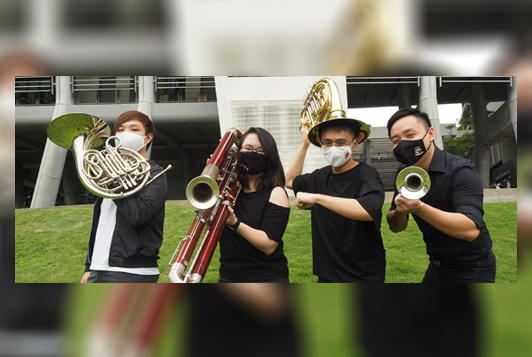While Singaporean classical music groups struggle to put on grand shows involving the whole orchestra due to the COVID-19 social distancing measures, one pleasant unintended consequence of this is that smaller, more intimate chamber music performances now finally have their time in the spotlight. Despite the smaller ensemble, the emotional depth of their performances remain uncompromised.
For example, in Singapore Symphony Orchestra’s Metamorphosen and Mozart with Hans Graf, Strauss’ Metamorphoses suggest the human loss and suffering the pandemic has caused. Yet, the joviality expressed through deliberately contrasting pieces like Mozart’s Gran Partita demonstrate the world’s capacity for greater recovery and growth in unity and strength from this encounter.
On the other side of the aisle, Ding Yi Music Company localises this message of unity by adding and incorporating National Day Parade songs like Home, Our Singapore and Di Tanjong Katong into their existing repertoire of classical Western and Chinese pieces.
Joining this movement of chamber performances was NUS Symphony Orchestra (NUSSO)’s Layers, performed in December 2020. We caught up with NUSSO’s ExCo to learn more about Layers and their experience in producing the show.
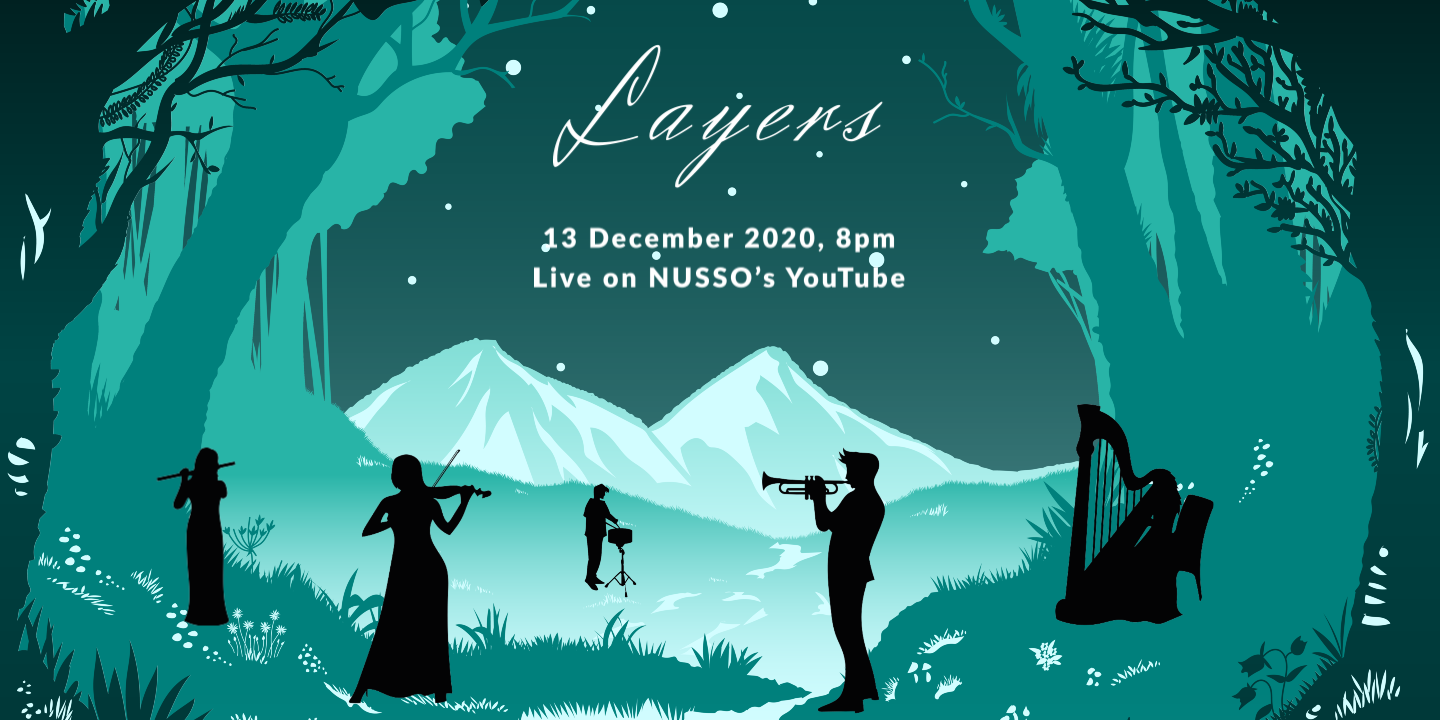
For the average viewer, what is chamber music?
Chamber music is music composed for smaller groups of musicians. The composition of each group can vary greatly – from percussion duets to string quintets to brass ensembles. Chamber music has a rich history that dates back centuries and its performance is no easier than performance in an orchestra. It provides a more intimate setting between the viewers and musicians and can give an immersive experience through the profundity of textures and sound.
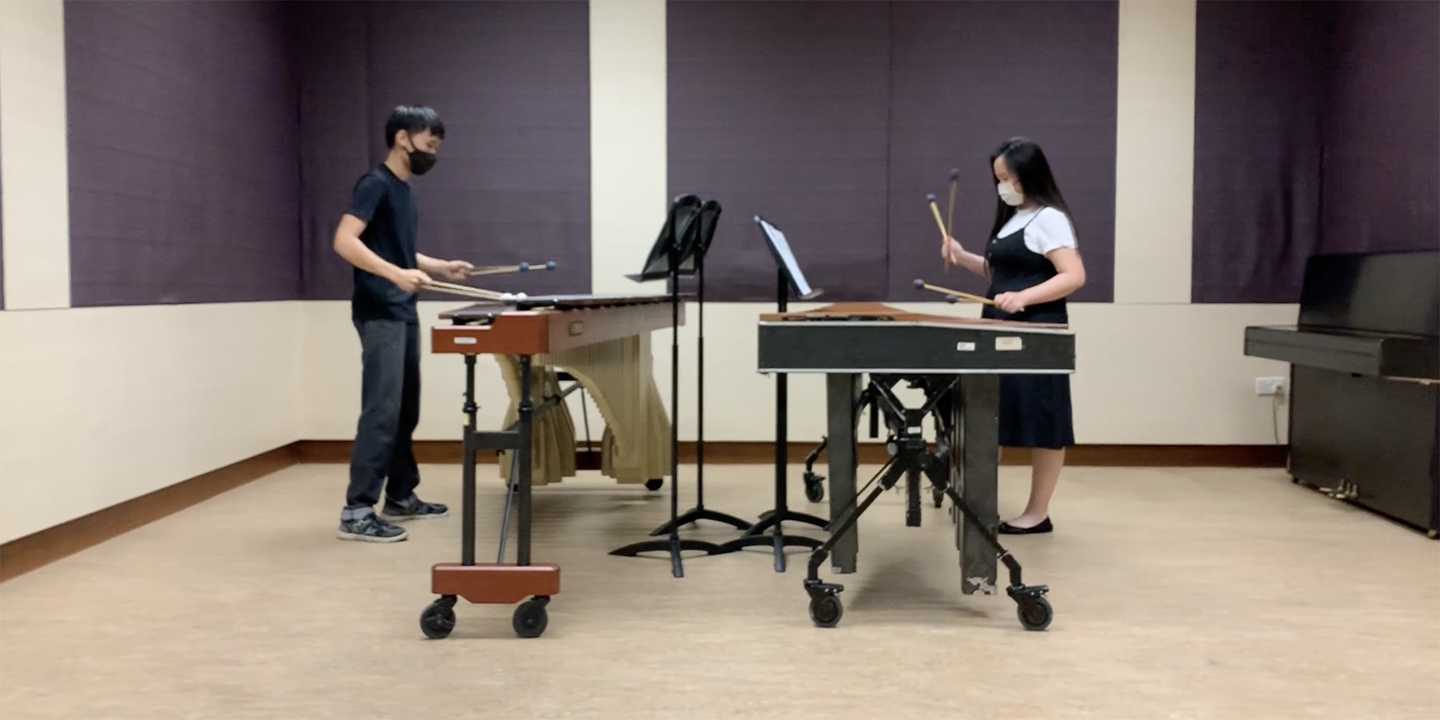
Why is the concert entitled Layers?
It is from the perspective of looking at classical music and the different layers of sound within the piece, like how some of the melodies and harmonies intertwine and how the timbres of different instruments blend together. It is the depth of feeling that the audience experiences when listening to the piece or how one piece can be interpreted differently depending on the time and person.
Although many classical music pieces have been composed centuries ago, the evolution of musical knowledge and development of instruments has given us even more varied ways of expressing music. Although the composer may have intended a specific meaning, the musicians can interpret the score through their individual understanding of the details in the piece. Thus, we would like to highlight the layers and intricacies that exist and make our audience more aware of the fresh perspectives that every performance brings.
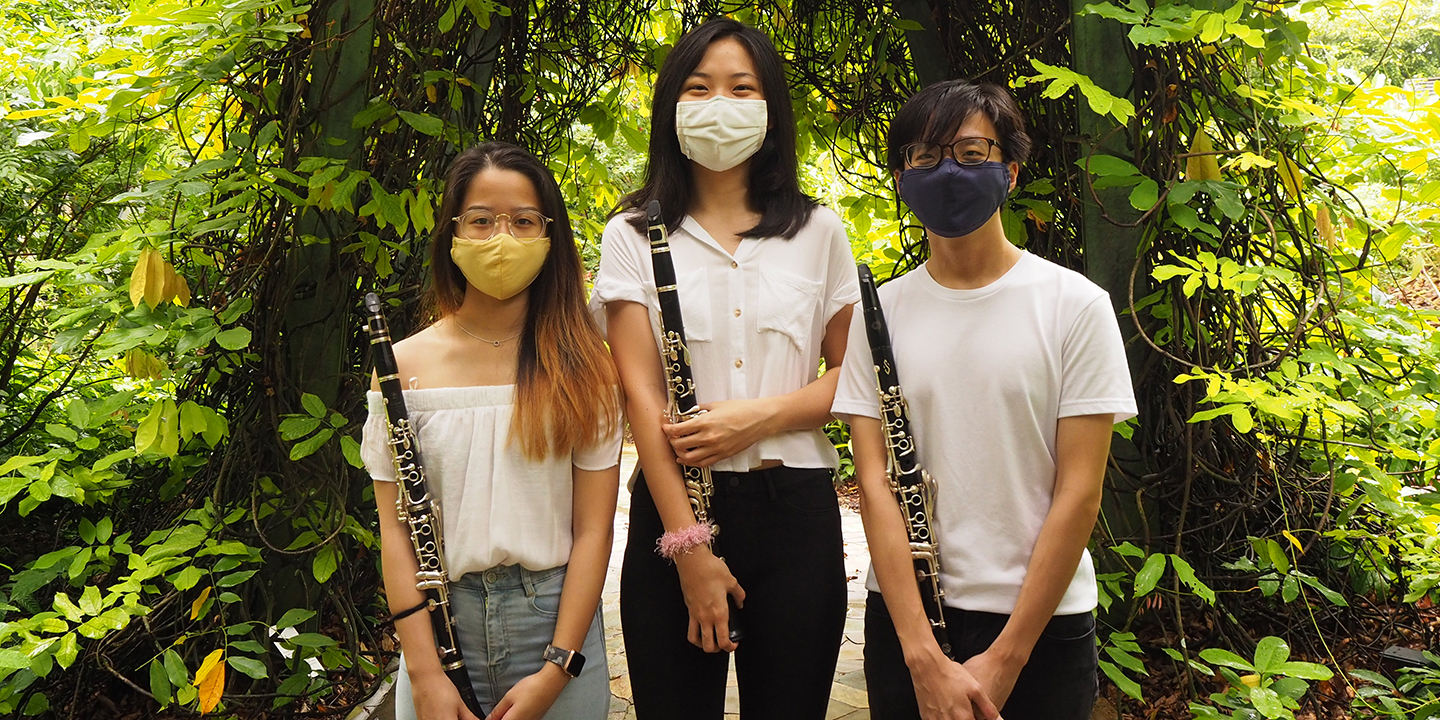
What motivated NUSSO to put up this performance?
At the beginning of the year, COVID-19 has grounded many of our concert plans to a halt. Even though everyone understood the importance of [these measures], it was inevitable for all NUSSO members to feel disappointed. We could not wait to get back to rehearsing alongside one another and performing together on a common stage. Furthermore, knowing that the upcoming semester was an online one, we saw NUSSO as an opportunity to bring back some vibrancy and safe social interaction into our member’s academic lives.
Although NUSSO is still unable to carry out a live concert, we hope we are able to continue reaching out to everyone with classical music through this online platform and provide some respite amidst this uneasy time. We hope that this performance also introduced the wonders of a music genre which at time may seem inaccessible. On that note, we also wanted a platform to welcome and bond with our new members, many of whom are new to orchestral music and enthusiastic learners. We did not want COVID-19 to stop our members from learning and making music with a community of like-minded people.
How do NUSSO members practice, especially under the social distancing rules?
For this online concert, NUSSO members have been responsible in abiding social distancing rules during practice sessions. Most ensembles are formed within each zone, and these groups use CFA facilities only during specifically allocated days after school to minimise intermingling among NUSSO members. In larger groups, string players and percussionists stick within their group of fives, keeping a 1m distance. Needless to say, our members kept their masks on at all times.
One unfortunate thing is that for woodwind and brass players, the nature of their instruments mean that they have been unable to gather in groups larger than pairs. Therefore, we recorded the wind players separately and pieced them together with video and audio editing programmes.
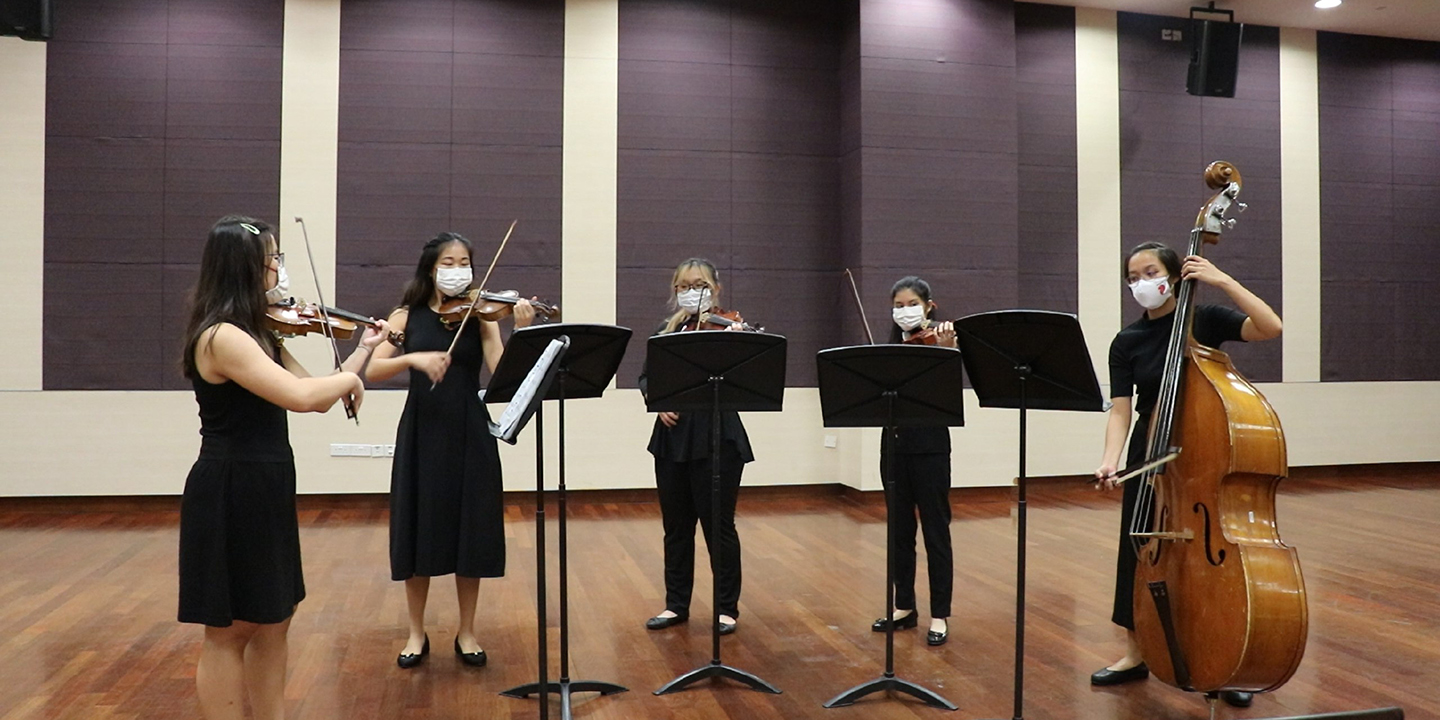
Can you introduce some of the chamber groups and the pieces that were played?
Symphony No. 2, or the Resurrection Symphony, is arguable the most famous and popular orchestral pieces by Mahler (186 – 1911). It is a classic example of the Romantic era’s grandeur, with themes of life, death and the afterlife fully fleshed out. The segment begins with the low brass, but they are soon joined by trumpets. This builds intensity before a glorious key change led by a horn fanfare.
Following this is the transcendent trombone feature, which is considered one of the most prominent in orchestral repertoire. The horns continue as the segment dwindles, ending on a pristine pianissimo high C by the trumpets. Instead of closely packing the layers for they interact, the excerpt has incredibly distinct layers, sometimes separated by multiple octaves. While separating such layers are uncommon, it gives the impression of depth and space.
Another is the slow, heart-stirring second movement of Concerto for Two Violins in D Minor. The second violin begins with the opening theme before passing the melody to the first, which starts a fifth higher. The subject and its variations is heard throughout the piece, interweaving in an endless conversation between the soloists. As the piece progresses and the gentle, expressive melodies envelop each other, the tension in the moody builds up and creates many layers in the piece.
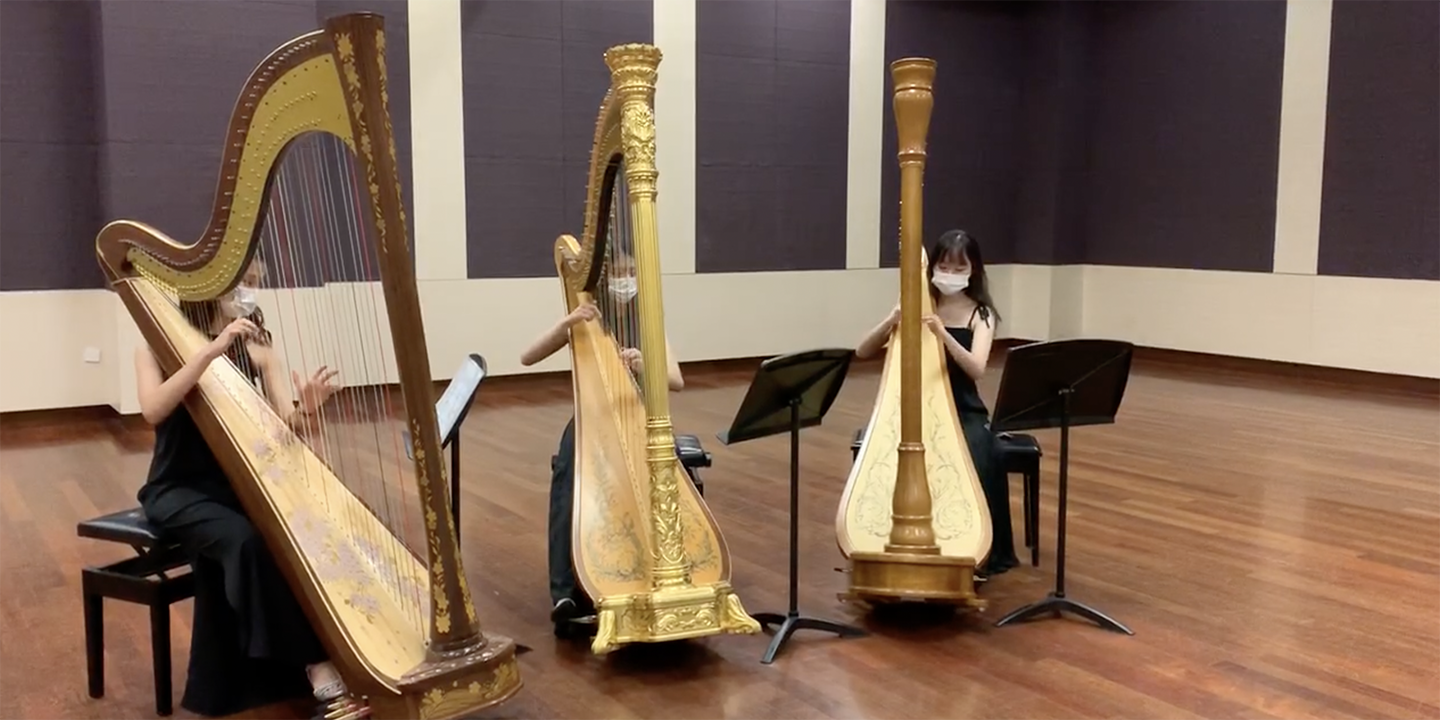
Share:
Contributor
The article was first published in NUS Centre For the Arts’ Spotlight. You can read it here.
Writer: Choy Myn


